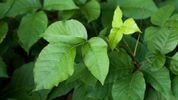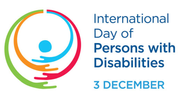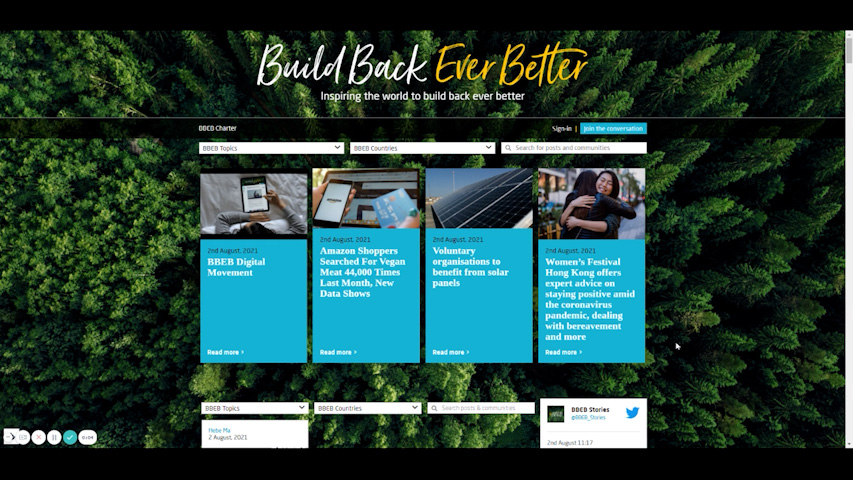A hamburger looks tasty. But with a black bun, or fluorescent green ketchup? Well… maybe not as much, even if the flavor is exactly the same!
The connections we make between colors and foods are learned, says Devina Wadhera, faculty associate at the College of Integrative Sciences and Arts of Arizona State University. “Throughout our lives, we make associations which mean things. Cake is associated with birthdays. Ice cream is associated with parties and good times, so everything is associative learning. Color is one of those things that we have this tendency to learn about different flavor pairings.”
She gave the example of the spate of products like chips and other snacks that are marketed as having an extra kick. Often, “they’re super red because (companies are) trying to say, ‘Hey, this is going to be spicy’ because they’re trying to get to this sensation or perception that this is going to be really spicy — buy it.”
The connections that we make between color and taste can also change according to the context, says Charles Spence, professor of experimental psychology at the University of Oxford. A blue liquid in a plastic cup in a bathroom? Could be minty mouthwash. The exact same color liquid, in a bar, held in a rocks glass? Could be bitter gin. Different cultures around the world also have different color associations, he says, although it’s fairly constant across geographies that the more vivid a color is, the more intense people assume the flavor will be.
Wadhera adds, “There’s a lot of things with color that you can manipulate and affect judgments,” she says. “You don’t think of it, though. ... We make automatic judgments on the food and we don’t even realize it.”
So, I guess the old saying of “don't judge a book by it's cover” can be updated to “don't judge a food by it's color!”
You know you’ve said it. We all have. “Mmm, that looks so delicious — I want to try some!” That’s because when it comes to what we eat, it’s not just a matter of taste.
https://apnews.com/article/food-colors-natural-artificial-red-dye-a7e0ab3cbb08a8e408d1ad9d0da8420c
 unknownx500
unknownx500







/Passle/60211dc9e5416a0c14bc63d4/SearchServiceImages/2025-12-03-19-31-44-490-69309020a71bd983b528ca6c.jpg)








